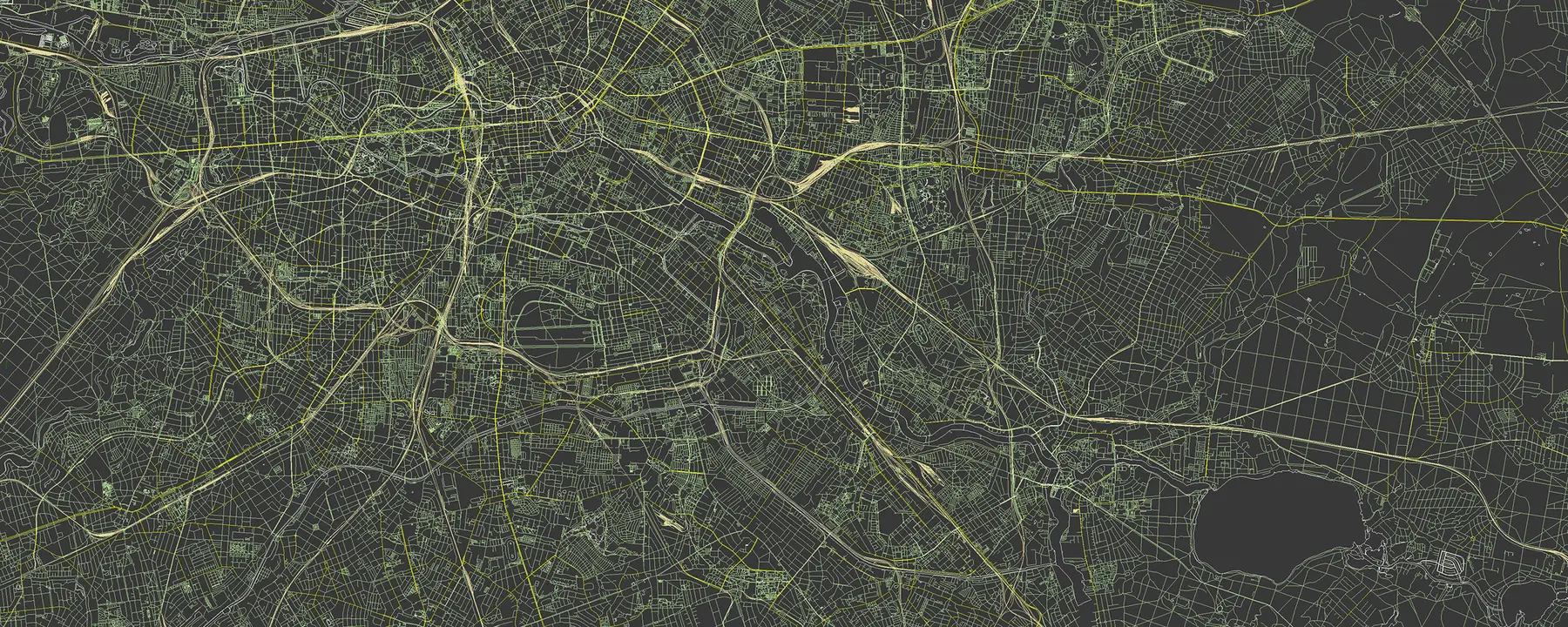Applying Photogrammetry to Augmented and Virtual Reality Markets
Photogrammetric technology enables everyday photographs to be converted into many outputs, ranging from simple measurements, maps, and drawings to complex 3D models of real-world people, objects, or scenes. The methodology behind this process can vary, but typically consists of either aerial or terrestrial methods. Within RTI, RCD Interactive Computing has been using the walk-around and turntable methods (terrestrial methodology) to generate complex 3D models, suited for many different use cases in the augmented and virtual reality markets especially. Scaled up application could include mapping, civil and structural engineering, geology, archaeology, medicine, sports, real estate, film making and entertainment, and forensics.
What is Photogrammetry?
Photogrammetry is “the science of making measurements from photographs” according to Photogrammetry.com. It is an essential tool for creating maps, 3D models, and the structural analysis of any site. Photogrammetry makes it easy, fast, and cheap to collect and analyze highly accurate data from imagery.
Within RTI, RCD Interactive Computing focuses on generating 3D models using photogrammetric technology. This is done by first taking hundreds of overlapping photographs (the more, the best) of an object or space, either interior or exterior. The photographs are then imported into software, such as Reality Capture, for image alignment and creating a mesh. The mesh is then textured and finally exported as a 3D file. At this point, the mesh can be imported into another software tool for refinement, or it can be completed. Generally speaking, “the input to photogrammetry is photographs, and the output is typically a map, a drawing, a measurement, or a 3D model of some real-world object or scene,” according to Photogrammetry.com.
Common Photogrammetry Methods
The types of photogrammetry are distinguished by the camera technique that is used– flying cameras in drones or other aircrafts is referred to as Aerial Photogrammetry, and closer-range approaches are referred to as Terrestrial Photogrammetry.
Aerial Photogrammetry
In Aerial Photogrammetry, sometimes referred to as Drone Photogrammetry, the camera is mounted on the aircraft to take photographs of the land below. More recently, drones and UAVs have been used for their accuracy and steadiness in flight. The cameras take numerous overlapping photos throughout the flight, and they utilize automated desktop systems to process this into relevant information.
Terrestrial Photogrammetry
In Terrestrial Photogrammetry, also known as Close-Range Photogrammetry or Image-Base Modeling, cameras are positioned on the ground to take photographs of the surroundings. Although this method does not typically produce topographical data for terrain models and topographical maps, it does produce drawings, 3D models, measurements, and point clouds. With this technology, “everyday cameras are used to model and measure buildings, engineering structures, forensic and accident scenes, mines, earth-works, stock-piles, archaeological artifacts, film sets, etc.” Terrestrial photogrammetry can be broken up into two sub-categories known as the walk-around method or the turntable method, which each have their own advantages and disadvantages.
The walk-around method is simple because it requires nothing more than a camera and good lighting, but it can be cumbersome to accurately take overlapping photos by hand. Whereas, the turntable method provides more consistency in the photos, and it is a quick method to capture smaller objects. Unfortunately, the turntable method limits the size of the object you capture, does not allow for interior/exterior spaces to be captures, and it requires more gear (turntable, tripod, lights, etc.).
Considerations for Successful Photogrammetry Applications
Although photogrammetry is already being applied in various fields, especially in 3D modeling, there is still room for growth. Key considerations for the application of photogrammetric technology are outlined below:
Technical Feasibility of Photogrammetry
Photogrammetry technology continues to improve, and new computational methods continue to refine the speed and accuracy of this approach to gathering measurements and creating 3D models; however, researchers should apply the technology with the following technical considerations in mind:
- Objects and spaces with transparent, shiny, or reflective objects are difficult to capture. These properties often create holes in the meshes that are created in the model from photographs. Common technical approaches to solve this problem include spraying transparent objects with a substance that allows them to be rendered opaque or building those portions in the modeling software rather than using the photographs to generate them automatically.
- Scene capture requires consistent lighting and object placement. The technology is limited in its capabilities to survey without sufficient light, or when there is low visibility due to weather, obstructions in the view, etc. Also, shadows or under/over exposure can cause holes or deformations in the model. It is crucial that the light remains balanced, and objects are still in each frame.
- The images used must be clear and focuses. It is critical that the photographer takes their time when adjusting camera angles and taking photos. Any blurred images must be retaken due to the deformations that they can cause in the mesh.
Ethical Appropriateness of Photogrammetry
When considering various photogrammetric applications' ethical appropriateness, there are a few key ideas to keep in mind. The following are important considerations for appropriate use:
- Aerial photogrammetry poses privacy concerns. In big-picture drone footage, there are ethical concerns around capturing people's homes and other private property without gathering prior consent.
- There is no policy in place to determine who and what can be 3D modeled. The ability to recreate a 3D model of humans raises questions around if everything should be modeled, or where the appropriate line should be drawn. Do 3D models of people have the same protections as pictures and videos would?
How can photogrammetry be used in business today?
Photogrammetry is currently used in a wide variety of use cases. Within RCD Interactive Computing, we find that 3D modeling is a photogrammetric output that is incredibly useful, especially in the growing augmented and virtual reality markets. The 3D model outputs that we generate can add realistic qualities to video games and movies. For example, in Electronic Art’s Star Wars Battle Front and Black Panther, photogrammetric outputs are seen where environment scenes and clothing were generated using 3D modeling. Generally, researchers and companies could fine value from using this technology in the use cases below.
Future Direction of Photogrammetry
The future is bright for applied photogrammetry. It can be used in a wide variety of important use cases and sparks the interest of many industry leaders and innovators. As the technology progresses, the labor of editing 3D models will be automated, and the processing will be done quicker and quicker until models are able to be made in real time. As this becomes a reality, photogrammetric technology will simultaneously become more automated, more affordable, and easier to use. In the more distant future, photogrammetry will be a polished tool that can be used by any smartphone user to generate their own 3D models, almost instantaneously.
Learn more about RTI's interactive computing capabilities.



